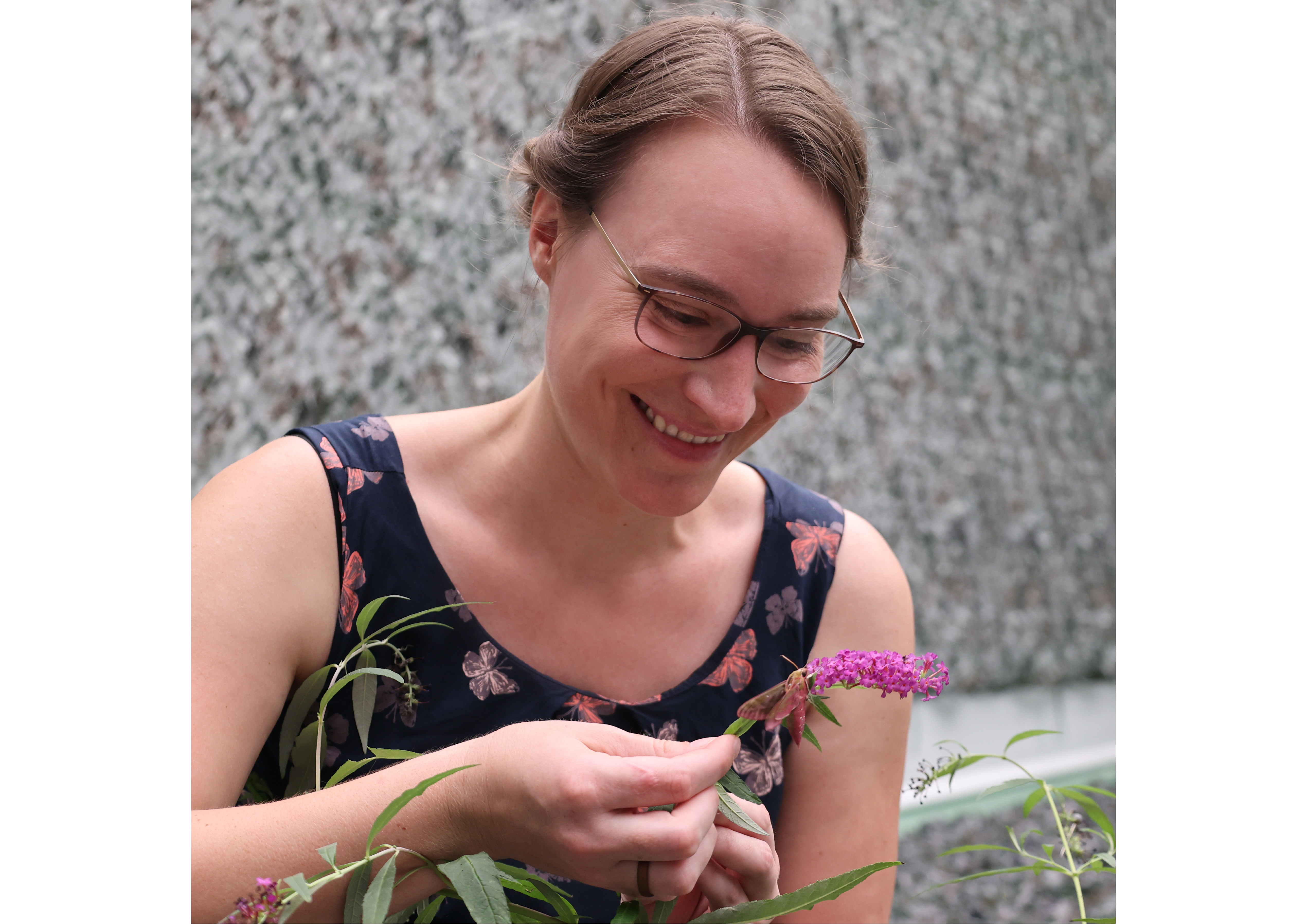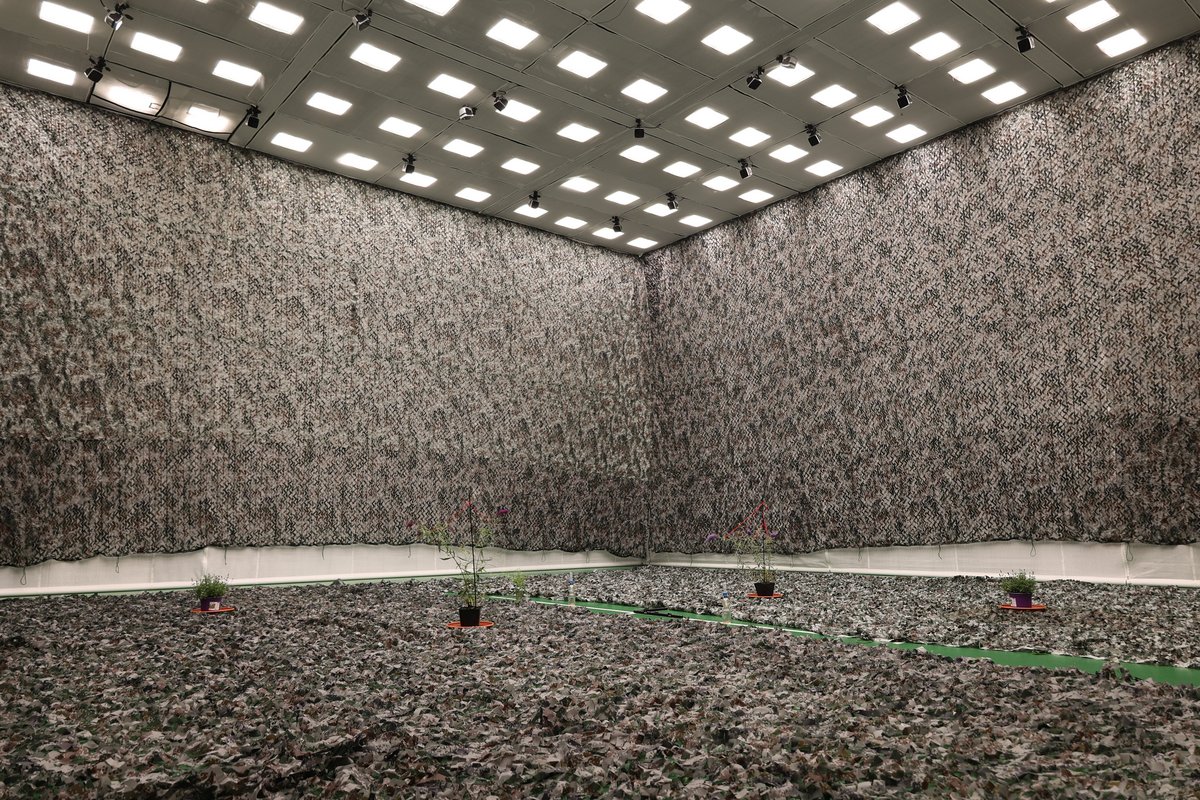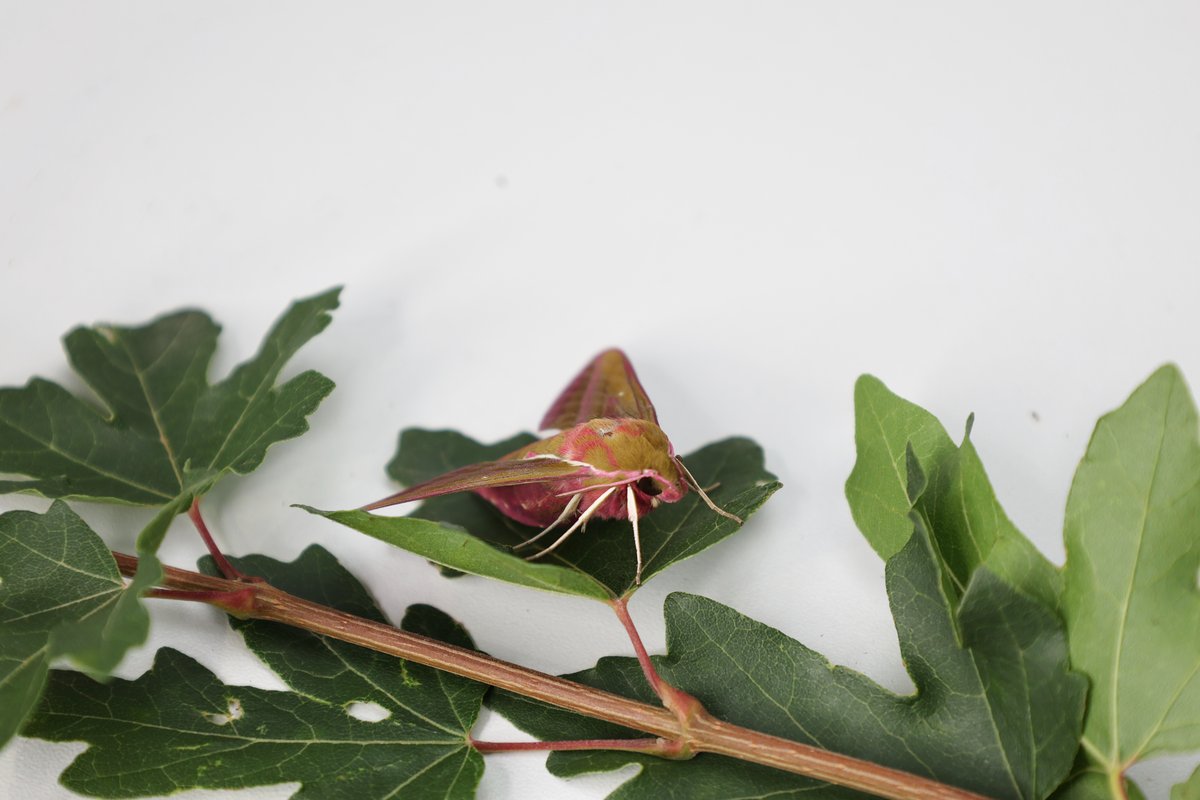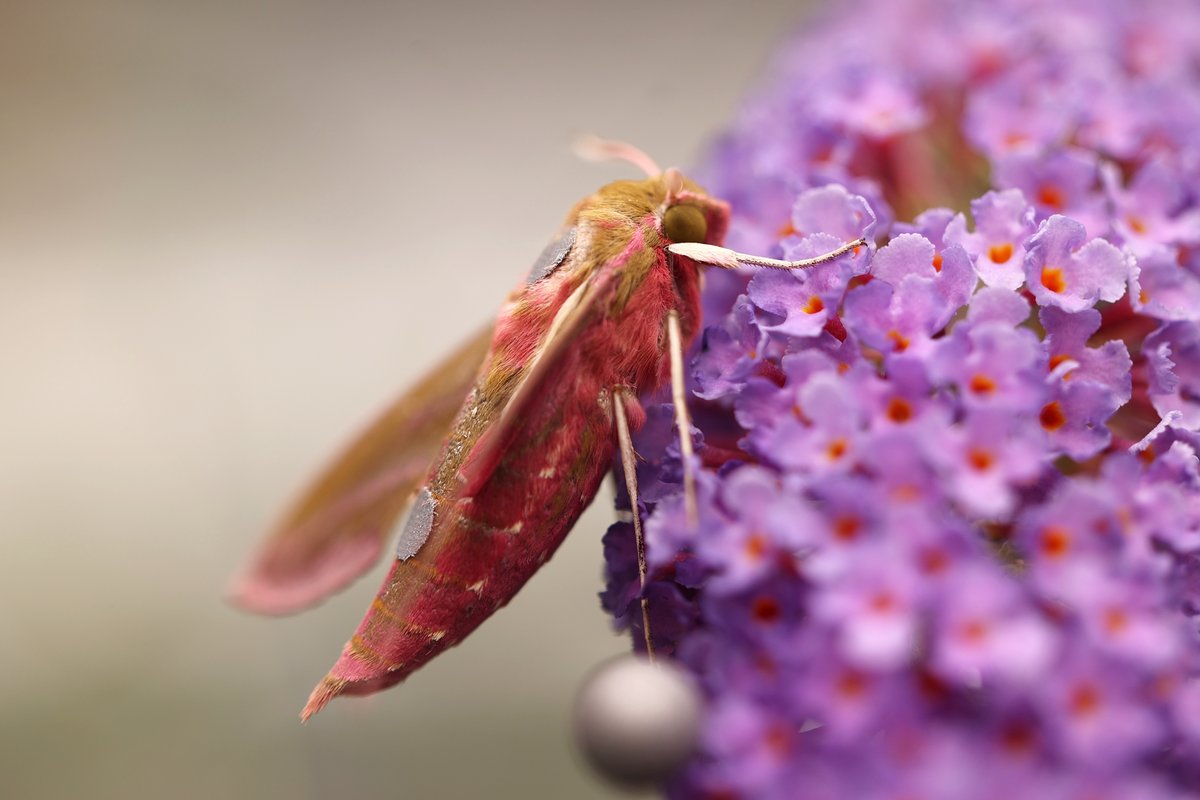
ERC Starting Grant for Anna Stöckl
The European Research Council (ERC) awarded a Starting Grant of 1.5 million euros in funding to Konstanz biologist Anna Stöckl for her project "Closing the loop in dynamic vision – from single photons to behaviour in extreme light environments" (or "DynamicVision" for short).
For a moment, let's follow a moth on its nocturnal flight: As it flies through a garden, it passes lit windows, dips under a shady tree and crosses a road illuminated by streetlights and the bright lights of cars driving by. During this short period of time, the nocturnal insect is exposed to multiple sudden changes in brightness. Especially strong are those changes caused by artificial light sources.
So how does the moth manage to navigate its way through the night successfully, in spite of these challenges to its sense of vision? In order to answer this and related questions, Anna Stöckl, a junior professor, the leader of an Emmy Noether research group and a Research Fellow at the Zukunftskolleg at the University of Konstanz, has been awarded an ERC Starting Grant amounting to 1.5 million euros. Her project "DynamicVision" focuses on the visually-guided flight of moths.
Managing limited resources efficiently
"Our eyes help us humans to cope with extreme fluctuations in brightness. For example, our pupils constrict reflexively as soon as we step out of the dark and into a brightly lit room", explains Stöckl. "Insect eyes, however, cannot adapt as quickly. Instead, it is their nervous systems that have to do most of this work." Impressively, they achieve this despite the fact that they only have a fraction of the nerve cells in a human brain.
This is precisely what makes insects so fascinating to study: "We can learn a lot from insect nervous systems – for example, how to solve complex computational problems in a way that conserves resources", Stöckl says. Not only is this interesting for basic research, but also for applications in areas such as information technology or robotics.
A unique research infrastructure
For her current project, Stöckl will combine different methodological approaches – from neuroanatomical studies to measuring nerve cell activity and conducting behavioural experiments. In addition, she and her research group will develop a camera setup that can detect changes in the visual environment as seen by a flying insect. The scenes recorded with this method can be tested directly on visual neurons in the moth brain.
Stöckl also has access to a special research facility at the University of Konstanz: the Centre for Visual Computing of Collectives (VCC), which also houses the Cluster of Excellence "Centre for the Advanced Study of Collective Behaviour". "The Imaging Hangar of the VCC, a lab almost as large as a sports gymnasium, enables us, for the first time ever, to study insect flight at a scale that gets close to the animals' natural environment. Until now, we were limited to using very small spaces for high-resolution tracking of moth flight – but this data only gave us limited insight into the animals' natural flight strategies", Stöckl says.
From perception to action and back again
Experiments in the Imaging Hangar will provide new insights into the behavioural strategies moths use to optimize their sensory perception in difficult light conditions. "Natural behaviour is not a one-way street. While sensory information is used to control movement, an animal's movements also have just as much influence on which sensory information reaches the nervous system in the first place", Stöckl says.
The researcher thus views behaviour as a closed loop in which interactions take place between sensory information, its processing in the nervous system and various behavioural strategies. In her project focusing on the visually-guided flight of moths, she aims to understand how this interaction allows the moths to navigate their dynamic light environments.
About the ERC Starting Grant
Every year, the ERC awards Starting Grants to promising young researchers. The aim is to give them the opportunity to set up and expand their own research teams and to move forward research projects with high innovation potential.
Key facts:
- Anna Stöckl receives ERC Starting Grant amounting to 1.5 million euros.
- The project "DynamicVision" studies the visually-guided flight of moths.
- Stöckl is a junior professor, the leader of an Emmy Noether research group and a Research Fellow at the Zukunftskolleg at the University of Konstanz.
- A selection of videos by Stöckl in which she explains her research is available at: https://www.annastoeckl.com/science-communication



